In This Shoe…
Fill the three missing numbers (using words) in the shoe below.
Remark: The missing words can be of any length.
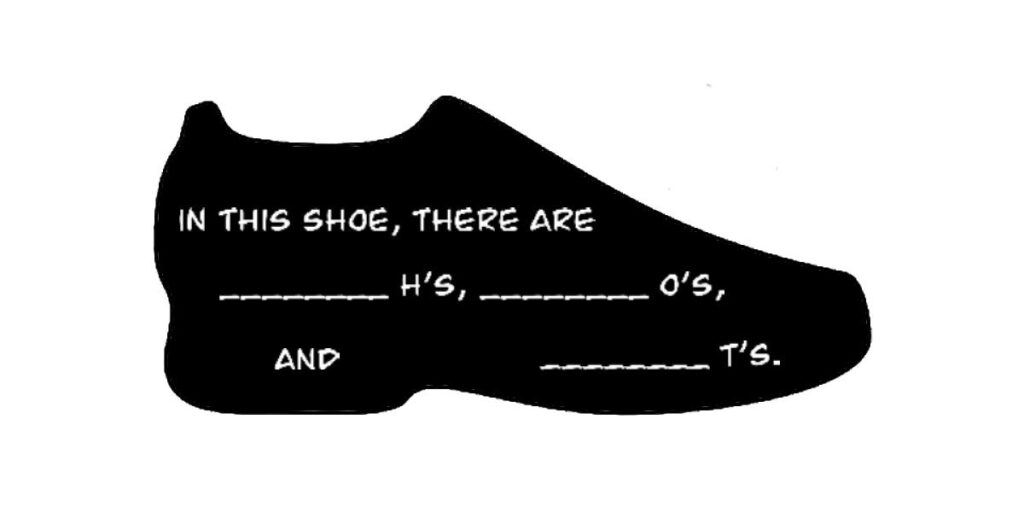
You should fill the words FIVE, THREE, FOUR to get:
“In this shoe, there are five H’s, three O’s, and four T’s.”
A collection of Math, Chess, Detective, Lateral, Insight, Science, Practical, and Deduction puzzles, carefully curated by Puzzle Prime.
We do not know where this puzzle originated from. If you have any information, please let us know via email.
Fill the three missing numbers (using words) in the shoe below.
Remark: The missing words can be of any length.

You should fill the words FIVE, THREE, FOUR to get:
“In this shoe, there are five H’s, three O’s, and four T’s.”
You are chasing a criminal riding a bicycle, and you find his tracks left in the dirt. By investigating the tracks, can you determine which direction the criminal has fled to: left or right?
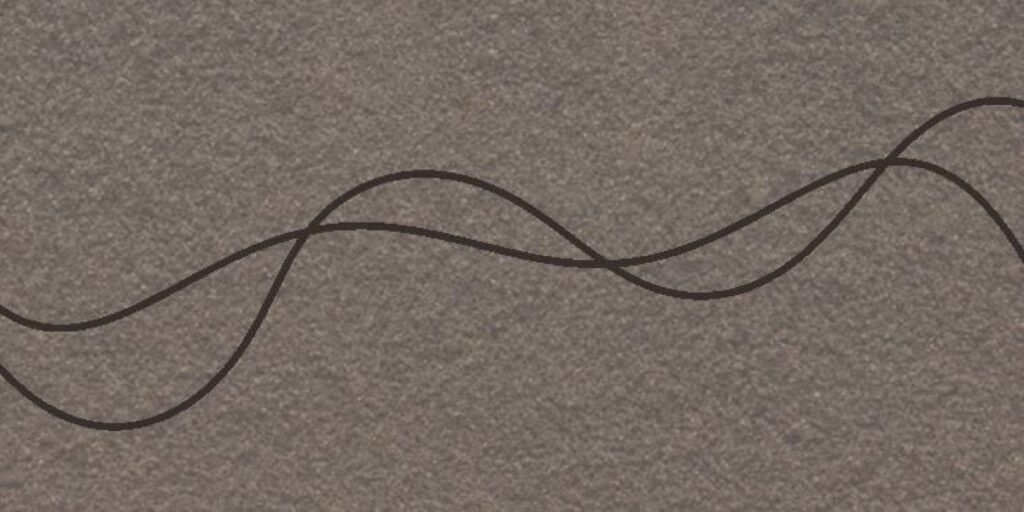
The front wheels of the bicycle are traveling more distance and making sharper turns. Thus, the red tracks (as shown on the image below) correspond to the front wheel, and the green tracks correspond to the back wheel.
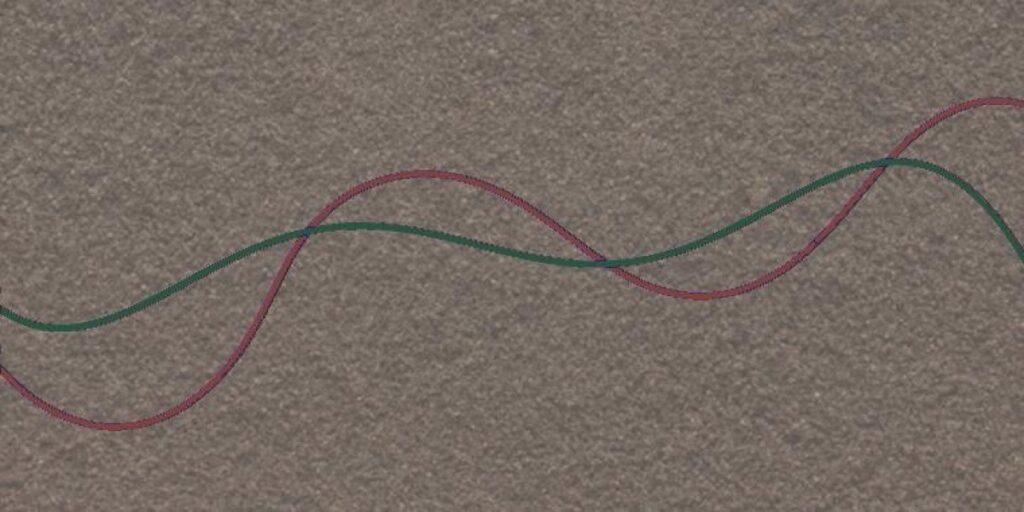
Then, since the back wheel is always pointing towards the front wheel, we conclude that the bicycle is moving towards the right.
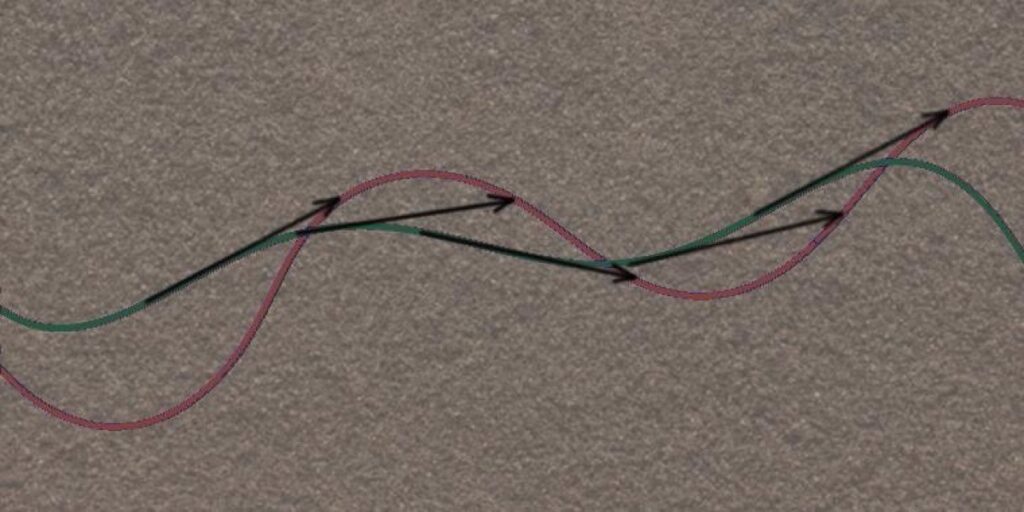
Given the word STANDARD, take away two letters and then add three digits to make a logical sequence.
Remove the two letters A to get ST-ND-RD and then add the digits 1, 2, 3 to get 1ST-2ND-3RD.
Your toaster is broken, so you decide to toast your bread in a pan. The pan can hold three slices of bread at a time and takes 1 minute to toast one of their sides. How much time would it take you to toast four slices of bread on both sides using the pan?
It would take you 2 minutes and 40 seconds. Label the slices with A, B, C, D, their top sides A1, B1, C1, D1, and their bottom sides A2, B2, C2, D2.
One hundred people entered a hotel that had 99 rooms, and each of them asked for their own room. In order to solve the problem, the bellboy did the following:
He asked the 100th guest to wait for a while with the 1st guest in room number 1, so that there were 2 guests inside. Then he took the 3rd guest to room number 2, the 4th guest to room number 3, and so on, until finally taking the 99th guest to room number 98. At the end he returned to room number 1 and took the 100th guest to room number 99, which was still vacant.
How could everybody get their own room?
The two people who were taken to room number 1 were guest 1 and guest 100. Thus, the 2nd guest ended up without a room.
During a trivia night, the following question appeared:
“Among the first five US presidents, Washington, Adams, Jefferson, Madison, and Monroe, there were 3 who died on the fourth of July. Can you guess which ones?”
After nobody answered the question, the following hint was given:
“These three presidents were consecutive ones.”
Then, all contestants immediately managed to answer the question. Can you?
Because of the way the question was worded, it was clear that the fifth president, James Monroe, was one of them. Otherwise, the trivia question would have been “among the first four US presidents” instead of “among the first five”. Since the three presidents that died on fourth of July were consecutive ones, they were Jefferson, Madison, and Monroe.
Partition the grid into disjoint “creatures”, according to the following rules:
Examine the first example, then solve the other three puzzles.
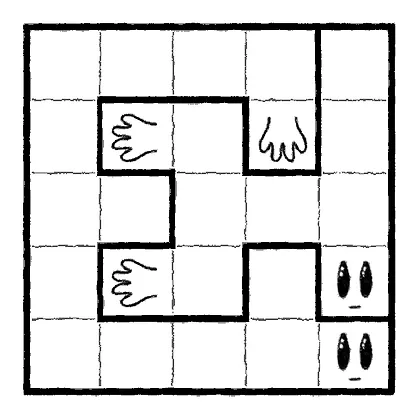

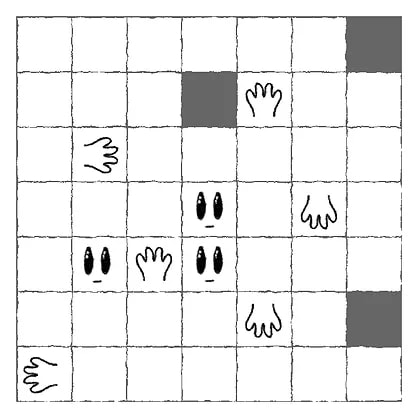
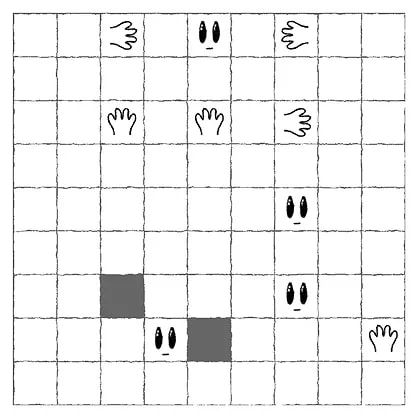
The solutions are shown below.
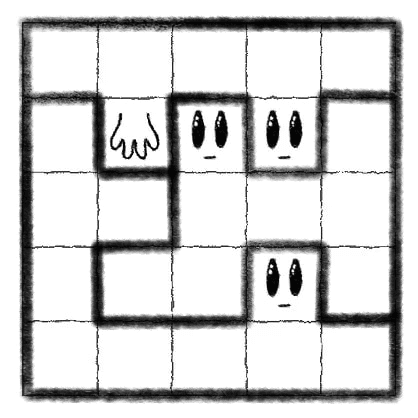
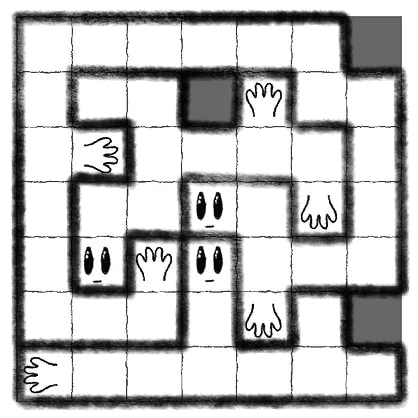

Add a single letter at the end to create a meaningful word. You CANNOT add the letter E.
S E Q U E N C _
You should add the letter F above the underscore to create the letter E and get the word SEQEUNCE.
Can you guess what the question mark should be replaced with? The answer is not 6.
| 1 | 3 | 5 |
| 2 | 4 | ? |
The missing symbol is R, as in a car’s gears.
You walk into a room where there are three mammals held in cages:
Which is the most intelligent mammal in the room?
The answer is… YOU.
Please confirm you want to block this member.
You will no longer be able to:
Please allow a few minutes for this process to complete.